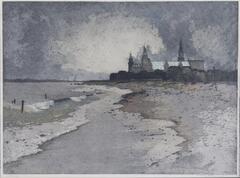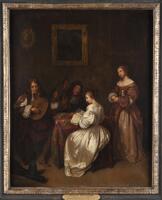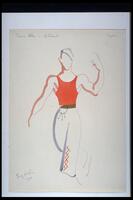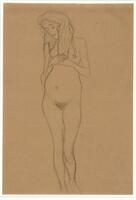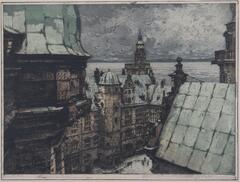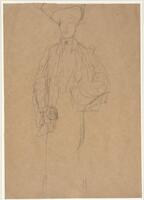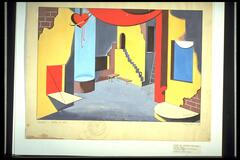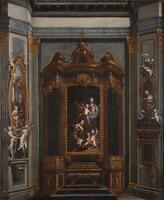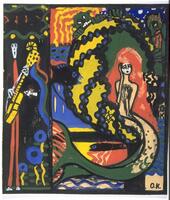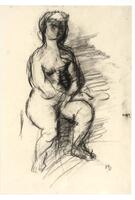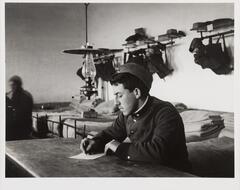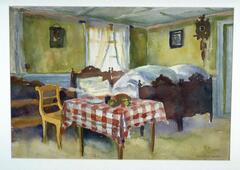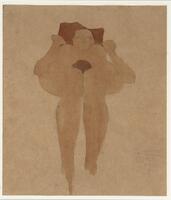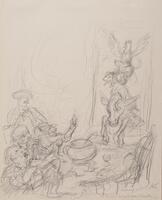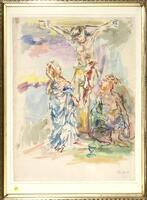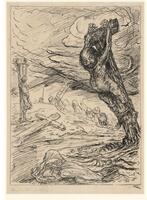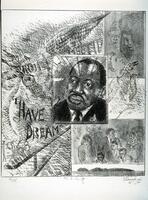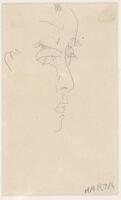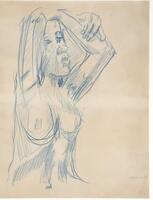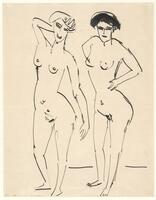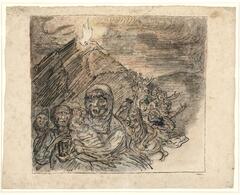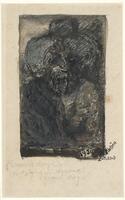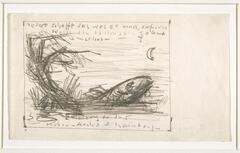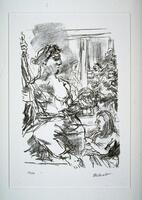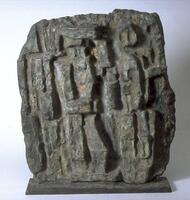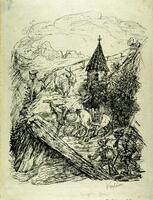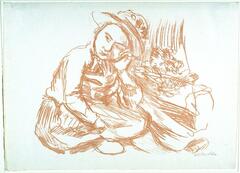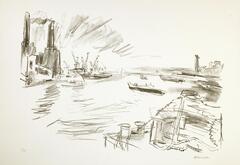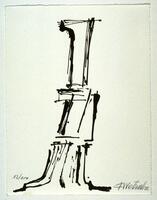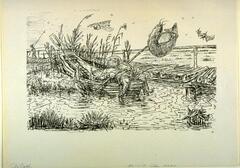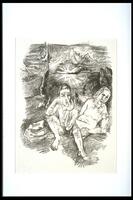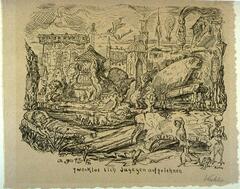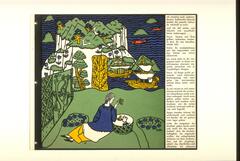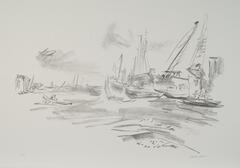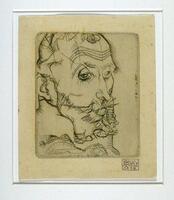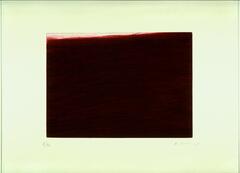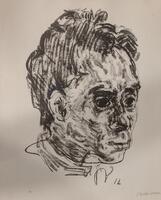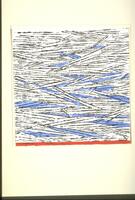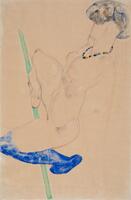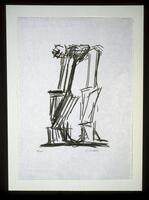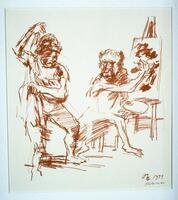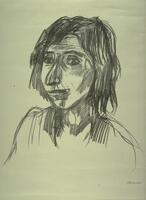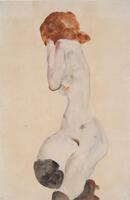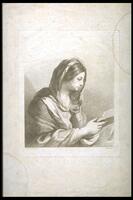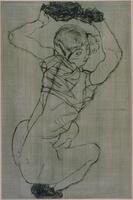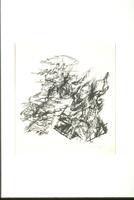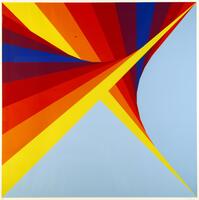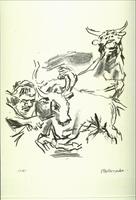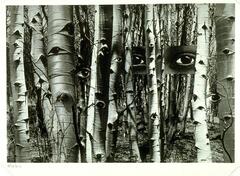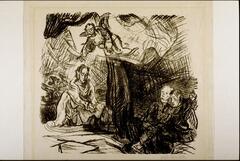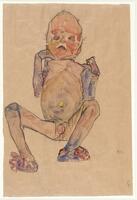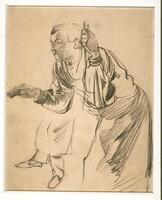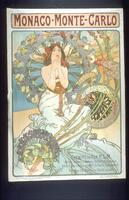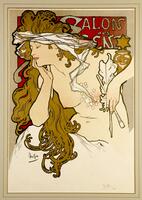72 Items in this Learning Collection
Collection Object
Collection Object
Collection Object
Collection Object
Collection Object
Collection Object
Collection Object
Collection Object
Collection Object
Collection Object
Collection Object
Collection Object
Collection Object
Collection Object
Collection Object
Collection Object
Collection Object
Collection Object
Collection Object
Collection Object
Collection Object
Collection Object
Collection Object
Collection Object
Collection Object
Collection Object
Collection Object
Collection Object
Collection Object
Collection Object
Collection Object
Collection Object
Collection Object
Collection Object
Collection Object
Collection Object
Collection Object
Collection Object
Collection Object
Collection Object
Collection Object
Collection Object
Collection Object
Collection Object
Collection Object
Collection Object
Collection Object
Collection Object
Collection Object
Collection Object
Collection Object
Collection Object
Collection Object
Collection Object
Collection Object
Collection Object
Collection Object
Collection Object
Collection Object
Collection Object
Collection Object
Collection Object
Collection Object
Collection Object
Copyright
All Rights Reserved
()
The Bremen Town Musicians (Die Bremer Stadtmusikanten), preparatory drawing for print, "Die Bremer Stadtmusikanten," in Alfred Kubin, Abenteuer einer Zeichenfeder (Münich: R. Piper & Co., 1941) #13
Accession Number
2007/2.118
Title
The Bremen Town Musicians (Die Bremer Stadtmusikanten), preparatory drawing for print, "Die Bremer Stadtmusikanten," in Alfred Kubin, Abenteuer einer Zeichenfeder (Münich: R. Piper & Co., 1941) #13
Artist(s)
Alfred Kubin
Artist Nationality
Austrian
Object Creation Date
1940
Medium & Support
graphite on wove paper
Dimensions
15 5/8 in. x 12 1/2 in. ( 39.69 cm x 31.75 cm )
Credit Line
Gift of the Ernst Pulgram and Frances McSparran Collection
Label copy
Oskar Kokoschka
Austria, 1886–1980
The Pleading (Die Flehende)
1914
Lithograph
Gift of the Ernst Pulgram and Frances McSparran Collection, 2007/2.121
Alfred Kubin
Austria, 1887–1959
The Bremen Town Musicians (Die Bremer Stadtmusikanten)
1940
Graphite on paper
Gift of the Ernst Pulgram and Frances McSparran Collection, 2007/2.118
Lovis Corinth
Germany, 1858–1925
A Mighty Fortress Is Our God (Eine feste Burg ist unser Gott)
1920
Ink on paper
Gift of the Ernst Pulgram and Frances McSparran Collection, 2007/2.108
Prints and printing processes held a special position in the practices of Expressionist artists. On a practical level, prints were an easy way disseminate images and obtain income. For artists like Otto Dix and George Grosz, whose work had significant social and political dimensions, printmaking became a way to reach the masses. Yet prints were also a way to both tap into medieval German artistic traditions and reinvigorate traditional practices in the midst of increasing mechanization. Many Expressionists turned to German sources for their print subjects; these three works are based on a Bach cantata in the Kokoschka, a German folktale in the Kubin, and an illustrated history of Martin Luther in the Corinth.
Subject matter
Illustrates the moment in the folktale The Bremen Town Musicians, when the four animals - the donkey, sheep, cat, and rooster - appear in the window of a home and frighten the invading robbers so much that the robbers desert their gold.
Physical Description
To the right, four animals - a donkey, goat, cat, and rooster - appear stacked upon one another in a barely sketched-in window. On the left side, four figures sit at what appears to be a meal in a dinning room, with a soup tureen and various dishes. The image is hastily sketched and few details are absolutely readable, other than basic shapes.
Primary Object Classification
Drawing
Primary Object Type
preparatory drawing
Collection Area
Modern and Contemporary
Rights
If you are interested in using an image for a publication, please visit http://umma.umich.edu/request-image for more information and to fill out the online Image Rights and Reproductions Request Form.
Keywords
Animals
dining rooms
interiors
literary theory
2007/2.118
Title
The Bremen Town Musicians (Die Bremer Stadtmusikanten), preparatory drawing for print, "Die Bremer Stadtmusikanten," in Alfred Kubin, Abenteuer einer Zeichenfeder (Münich: R. Piper & Co., 1941) #13
Artist(s)
Alfred Kubin
Artist Nationality
Austrian
Object Creation Date
1940
Medium & Support
graphite on wove paper
Dimensions
15 5/8 in. x 12 1/2 in. ( 39.69 cm x 31.75 cm )
Credit Line
Gift of the Ernst Pulgram and Frances McSparran Collection
Label copy
Oskar Kokoschka
Austria, 1886–1980
The Pleading (Die Flehende)
1914
Lithograph
Gift of the Ernst Pulgram and Frances McSparran Collection, 2007/2.121
Alfred Kubin
Austria, 1887–1959
The Bremen Town Musicians (Die Bremer Stadtmusikanten)
1940
Graphite on paper
Gift of the Ernst Pulgram and Frances McSparran Collection, 2007/2.118
Lovis Corinth
Germany, 1858–1925
A Mighty Fortress Is Our God (Eine feste Burg ist unser Gott)
1920
Ink on paper
Gift of the Ernst Pulgram and Frances McSparran Collection, 2007/2.108
Prints and printing processes held a special position in the practices of Expressionist artists. On a practical level, prints were an easy way disseminate images and obtain income. For artists like Otto Dix and George Grosz, whose work had significant social and political dimensions, printmaking became a way to reach the masses. Yet prints were also a way to both tap into medieval German artistic traditions and reinvigorate traditional practices in the midst of increasing mechanization. Many Expressionists turned to German sources for their print subjects; these three works are based on a Bach cantata in the Kokoschka, a German folktale in the Kubin, and an illustrated history of Martin Luther in the Corinth.
Subject matter
Illustrates the moment in the folktale The Bremen Town Musicians, when the four animals - the donkey, sheep, cat, and rooster - appear in the window of a home and frighten the invading robbers so much that the robbers desert their gold.
Physical Description
To the right, four animals - a donkey, goat, cat, and rooster - appear stacked upon one another in a barely sketched-in window. On the left side, four figures sit at what appears to be a meal in a dinning room, with a soup tureen and various dishes. The image is hastily sketched and few details are absolutely readable, other than basic shapes.
Primary Object Classification
Drawing
Primary Object Type
preparatory drawing
Collection Area
Modern and Contemporary
Rights
If you are interested in using an image for a publication, please visit http://umma.umich.edu/request-image for more information and to fill out the online Image Rights and Reproductions Request Form.
Keywords
Animals
dining rooms
interiors
literary theory
